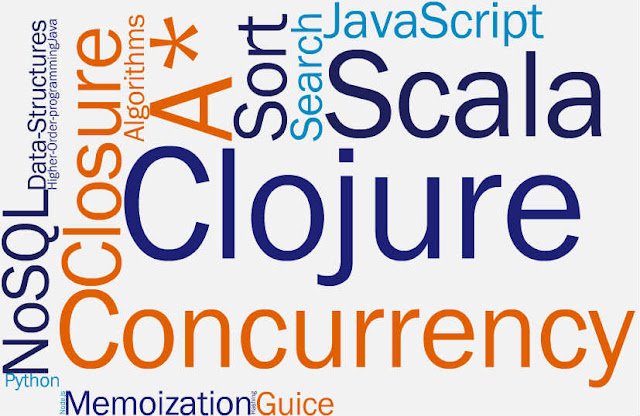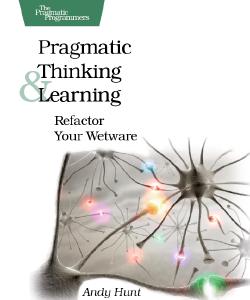I would like to list here concepts, language specific usage of data structures, algorithms. I believe that to become a Master Craftsman, we need to have deep knowledge of the fundamentals. It is a beauty to arrive at a level where its a choice to see the forest or the tree and interchanging the two effortlessly. My objective is to log here the things I will be learning on my journey.
JavaScript
- Memoization
- Concurrency
Data Structures:
Algorithms:



